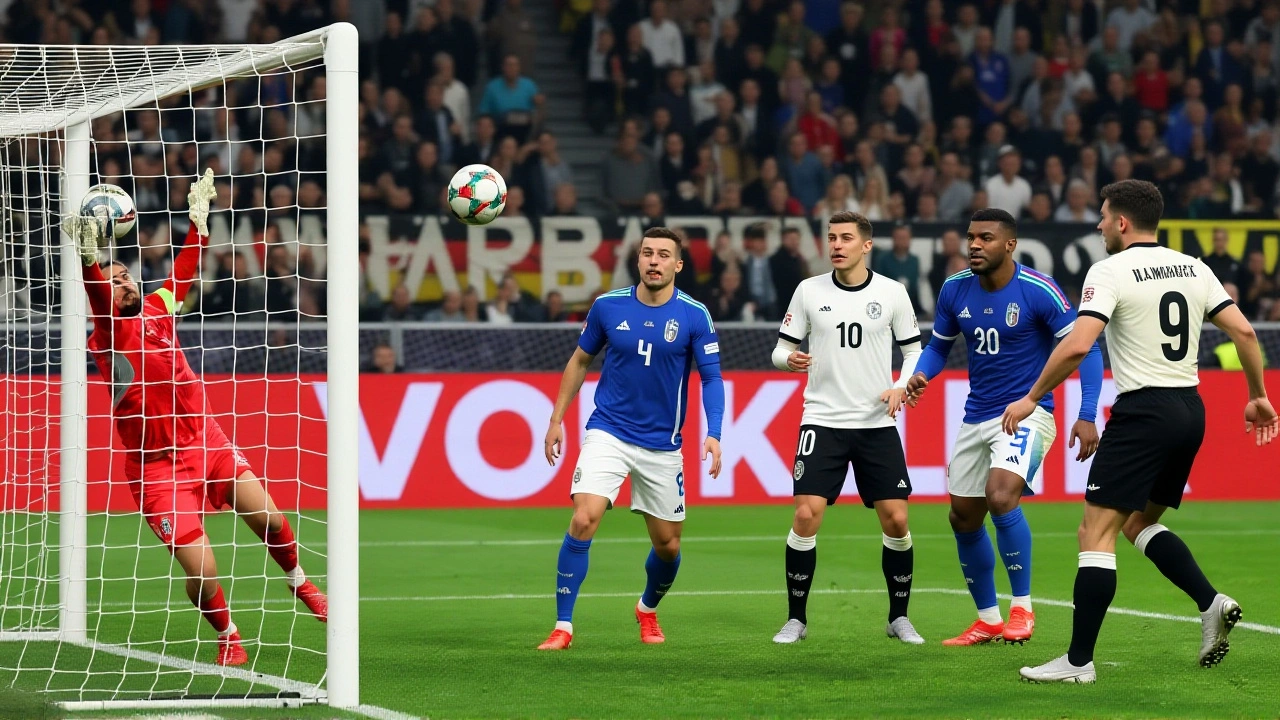2026 World Cup – All the Essentials
When talking about 2026 World Cup, the upcoming FIFA tournament that crowns the world’s football champion. Also known as FIFA World Cup 2026, it marks the first time the competition will be shared by three countries.
The tournament 2026 World Cup is more than a final showdown; it encompasses an extensive World Cup qualifiers, regional match series that decide which nations earn a spot in the finals. Those qualifiers are run by FIFA, the global governing body for football, which sets the calendar, formats and eligibility rules. Across Africa, Asia, Europe and the Americas, teams battle for the limited slots, turning every match into a high‑stakes drama.
For South African fans, the spotlight falls on Bafana Bafana, the national men’s soccer side. Coach Hugo Broos has already named a youthful squad for the upcoming qualifiers against Zimbabwe and Rwanda, signaling a long‑term plan to blend experience with emerging talent. Their performance will shape South Africa’s chances of joining the host trio – the United States, Canada and Mexico – in the final tournament.
Key Stories and Stakes
Three nations will host the event, a first‑of‑its‑kind arrangement that spreads matches across 16 cities. The United States brings massive stadiums and a deep fan base, Canada hopes to boost its soccer profile, while Mexico offers passionate crowds and a rich football heritage. This multi‑host model expands the commercial footprint and gives more fans the chance to experience world‑class football live.
Beyond logistics, the 2026 edition reshapes qualification math. With 48 teams instead of 32, every confederation gains extra slots, meaning nations like Senegal, Portugal and Ireland have a clearer path to the finals. Recent qualifiers have already produced dramatic moments – Portugal’s narrow win over Ireland after a missed penalty, Senegal’s 5‑0 thrashing of South Sudan – underscoring how every goal can tip the balance.
From a tactical perspective, the tournament rewards versatility. Teams will need depth to cope with the expanded schedule, and coaches are already experimenting with formations that can adapt to different opponents. The rise of younger players, such as Rwanda’s emerging talents or South Africa’s home‑grown prospects, highlights a generational shift that could redefine playing styles on the world stage.
The economic impact cannot be ignored. Host cities anticipate a surge in tourism, infrastructure upgrades and job creation. Meanwhile, broadcasters worldwide are vying for rights, signaling a massive media boom. For local businesses, the ripple effect means more exposure and revenue, especially in regions that have never hosted a match before.
Fans should also keep an eye on the knockout‑stage format. With more teams, the group phase becomes tighter, and a single upset can propel an underdog into the spotlight. The increased number of matches offers more opportunities for surprise stories, just as we’ve seen with clubs like Manchester United Women clinching their first Champions League win amid a packed schedule.
All these elements—host nations, expanded qualifiers, emerging squads, and economic stakes—combine to make the 2026 World Cup a uniquely layered event. Below you’ll find a curated collection of articles covering everything from match previews and player interviews to analysis of qualification trends and the broader impact on African football. Dive in to get a deeper look at the narratives shaping the road to the biggest stage in sport.
Italy's World Cup Quest: Group I Drama and Crucial October Fixtures
Italy leads UEFA Group I with nine points, eyeing a direct spot at the 2026 World Cup. Upcoming matches vs Estonia, Israel and Norway could decide their fate.
Julian Parsons | Oct, 12 2025 Read More
